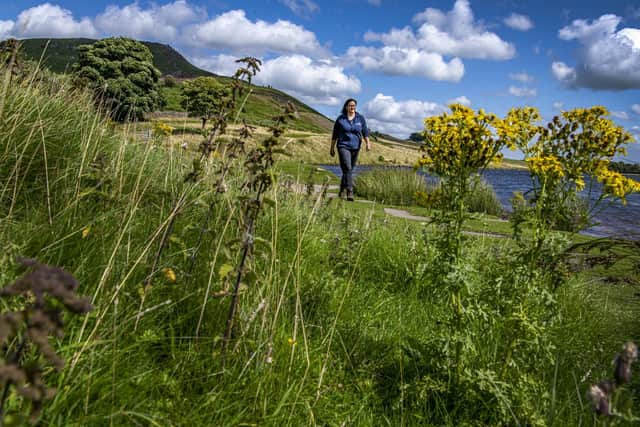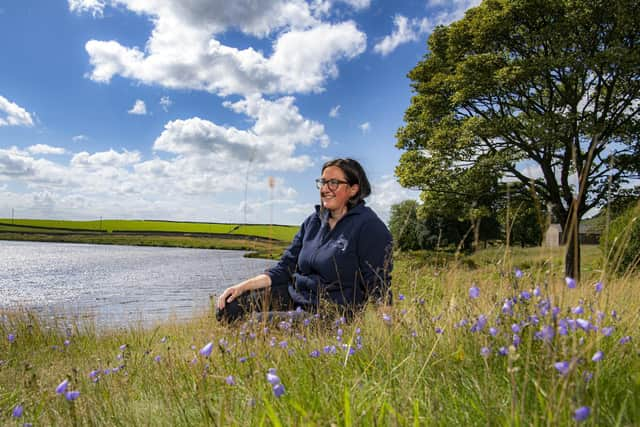How Yorkshire's towns and villages will be filled with flowers thanks to 'bee superhighways'
Now it is the turn of the pollinators, the butterflies and bees, with the launch of 'superhighway' sites for regeneration across six of the region's reservoir settings.
The Yorkshire Dales Millennium Trust (YDMT), working with Yorkshire Water, aims to create and restore wildlife patches teeming with wildflowers through its Bee Together project.
Advertisement
Hide AdAdvertisement
Hide AdThe hope is to create an unbroken "corridor of bug life", crossing the region's urban landscapes to the rich countryside of the rural Yorkshire Dales.


Catherine Mercer, Bee Together officer for the YDMT, said the aim is to connect and engage communities, as well as to revive hopes for much needed species which are so in decline.
"This is about improving towns and villages and filling them with flowers," she said. "These corridors lead a zigzag pathway right through to the Dales. It's good for the pollinators, it's great for getting people out in their communities."
It's been 15 years since the YDMT first launched its ambitious Hay Time project, working with farmers and landowners to reverse wildflower decline.
Advertisement
Hide AdAdvertisement
Hide AdOver the last 70 years some 97 per cent of such meadows have been lost in the UK, making them one of the nation's most threatened habitats, but some 717 hectares are now on the road to restoration under the scheme.


It was through the Hay Time project, said Miss Mercer, that the trust saw a burgeoning interest in wider environmental support.
"It became very obvious that a lot of people who weren't farmers were also interested in looking after pollinators," she said.
"It's come from that need, almost, from non-landowners wanting to do their bit."
Advertisement
Hide AdAdvertisement
Hide AdWith funding from the National Lottery, Bee Together began in 2018 and now, with investment from Yorkshire Water, six reservoirs have been identified as pollinator sites.
Among them, settings in the Wharfedale valleys from Swinsty to Fewston and Thruscross, travelling up towards Embsay, Grimwith and Barden.
Involvement could mean raking a community meadow, scything a green space, seed collection or spreading, and the project is hosting sessions in schools.
The idea, said Miss Mercer, is to engage people in green spaces and regeneration, in the wake of warnings in the 2016 State of the Nation report that found some 60 per cent of bees and pollinators are in decline.
Advertisement
Hide AdAdvertisement
Hide Ad"Some of these reservoir sites are absolutely full of pollinators, Fewston is just teeming with butterflies," she said. "But we've seen huge declines across the UK.
"If we wound the clock back 100 years, most of the pollinator species we now class as quite rare would be quite common, in species but also in range.
"What drives that is habitat loss. Culture has changed, the way we live has changed.
"It just means there's less flowers in the countryside than there was, and for pollinators, flowers are pretty important. The good news is it takes relatively small steps to help."